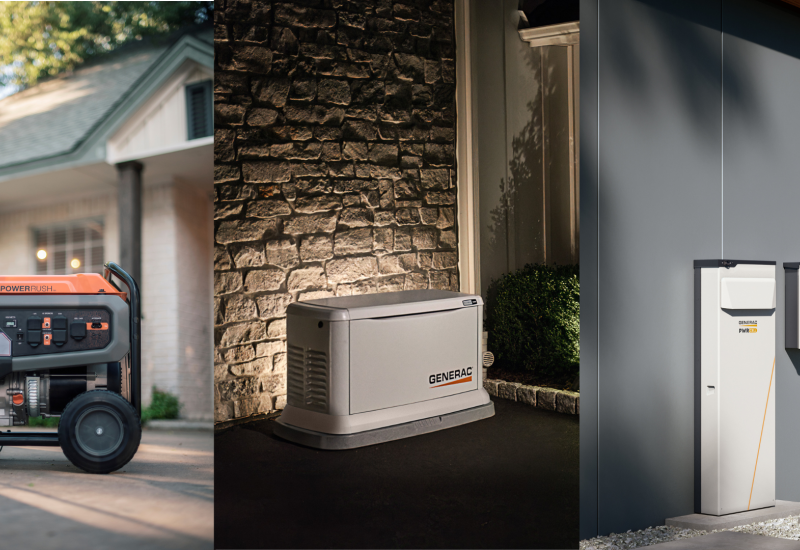How the Inflation Reduction Act Can Pump Up Energy Savings This Winter and Year-round
(NewsUSA) - As Americans prepare to spend more cold cash to keep warm this winter, it’s more important than ever to learn how to leverage the benefits of The Inflation Reduction Act of 2022.
- As Americans prepare to spend more cold cash to keep warm this winter, it’s more important than ever to learn how to leverage the benefits of The Inflation Reduction Act of 2022.
The Inflation Reduction Act of 2022 (IRA) is the largest ever climate investment in American history expected to reduce greenhouse gas (GHG) and cut home energy costs by incentivizing the adoption of highly efficient electric appliances – including heat pumps. In fact, the IRA specifically highlights the vital role of heat pumps to achieve its objectives.
A Heat Pump Primer
Heat pumps offer an energy-efficient alternative to furnaces and air conditioners for all climates and seasons.
The most common type of heat pump is the air source heat pump (ASHP) which provides optimally efficient heating and cooling by extracting heat from outside into your home in the winter and pulling the heat out of your home in the summer. Today's systems can reduce electricity use for heating by approximately 50% compared to units such as furnaces and baseboard heaters and is about one-half the cost of oil heat.
For homes without ducts, ASHPs are available in a ductless version called mini-split heat pumps. Mini-split systems, offered by companies including Fujitsu General, provide maximum energy efficiency, saving homeowners up to an additional 25% of utility bills by simply eliminating wasteful ducts. Duct losses can easily account for more than 30% of energy consumption.
Further, heat pumps are better for the environment because they don’t burn fossil fuels. In fact, even under conservative modeling assumptions, 98% of U.S. households would cut their carbon emissions by installing heat pumps today, according to Rewiring America.
Acting on The Inflation Reduction Act
The benefits boil down to two categories: Tax credits and rebates. Specifically, there’s the 25C Tax Credit and two rebates (coming soon) including the High Efficiency Electric Home Rebate Act (HEEHRA) and the Home Owner Managing Energy Savings (HOMES) Rebate Program.
- Energy Efficient Home Improvement (25C) Tax Credit: 25C provides households a 30% tax credit for heat pumps capped at $2,000 per year. The credit resets each tax year, effectively becoming available again for additional projects. 25C also includes a 30% tax credit up to $600 for an electrical panel upgrade, but only if it’s upgraded in conjunction with another upgrade covered by 25C (like a heat pump).
- High Efficiency Electric Home Rebate Act: The High Efficiency Electric Home Rebate Act provides point-of-sale consumer rebates to enable low- and moderate-income households to electrify their homes. For low-income households, the program covers 100% of heat pump costs up to $8,000. For moderate-income households, they cover 50% of costs up to $8,000. The rebates may be implemented differently in each state, so final amounts, eligibility, or timeline may vary.
- Home Owner Managing Energy Savings Rebate Program: The Home Owner Managing Energy Savings Rebate Program will provide funding to State energy offices to develop and implement a rebate program for whole-house energy saving retrofits including certain HVAC equipment. Unlike the HEEHRA program, the HOMES rebates program is not income restricted but is rather performance-based with modeled or measured energy savings from energy efficiency upgrades.
With home heating and cooling accounting for nearly half of home energy use, don’t let rising utility bills leave you in the cold this winter. For more information about the IRA benefits, visit Rewiring America and www.constantcomfort.com to find a heat pump system that would suit your home’s needs.








